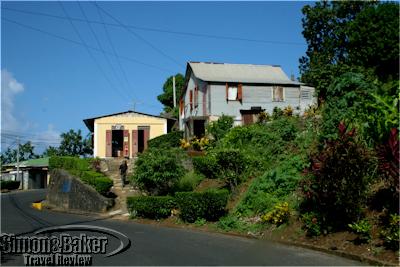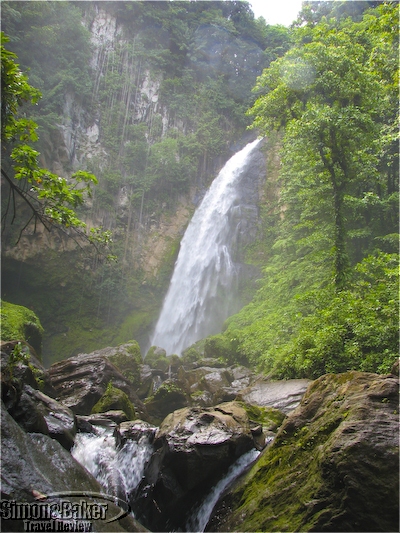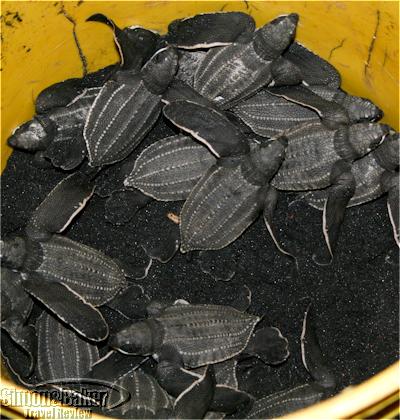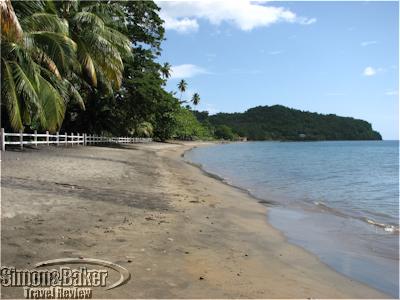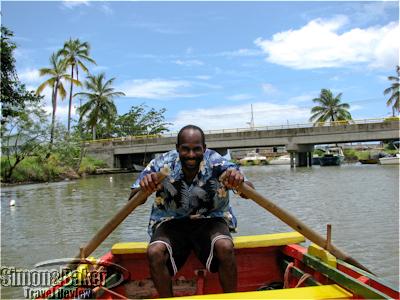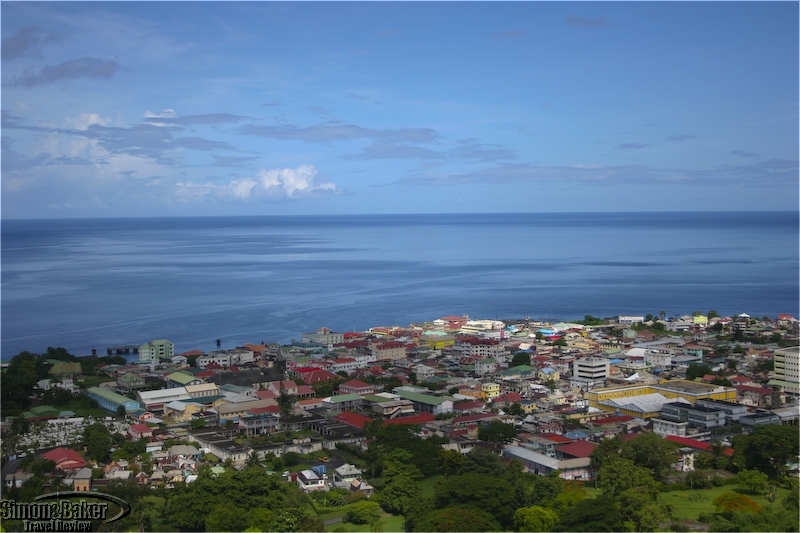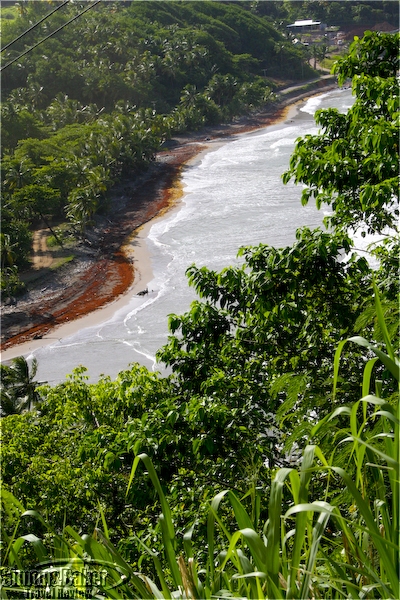
What Dominica (pronounced dom-in-ee-ka) lacked in infrastructure, refinement and easy access it made up for manifold in beautiful scenery, devoid of highrise buildings, and genuine unpretentious locals. A gentle pace, little to no crime, hiking trails, seascapes, and landscapes were the most notable features. I will recommend this island to well traveled friends and colleagues who appreciate strenuous hiking, natural beauty and challenging to reach less discovered destinations.
Currency Eastern Caribbean dollars. United States dollars were accepted widely.
Electrical Current 220/240 volts and type G plug.
Health And Vaccinations No vaccinations were required for entry except for visitors from countries with yellow fever. Medical care on the island was limited with one hospital and several clinics; and serious conditions made air evacuation necessary (one of my fellow travelers on the return flight was on his way to Miami, Florida for urgent surgery). According to one source, doctors and hospitals on the island required payment in cash for treatment.
Location Between Guadeloupe and Martinique in the Eastern Caribbean, one of the Windward Islands.
Measures The metric system was used.
Technology All the tourist areas of the island I visited had electricity, running water, television, some internet access, and cell phone signal.
Time GMT minus four hours.
Transportation Within the island the best way to get around was to rent a car and self drive, especially if staying outside of the main urban areas. Driving was on the left side of the road and many of the roads were in poor repair, with limited signage and impatient speed favoring drivers. It was also possible to hire someone to serve as guide and driver.
Shopping And Souvenirs It was possible to purchase authentic Carib handicrafts made by members of the Carib Craft Association in the Kalinago Barana Aute Carib Cultural Village. Visitors to the village could purchase basket and display souvenirs made from woven larouma reed. There were several art galleries and tourist oriented shops. The American owned Tallipot Gallery in Roseau served tasty meals and displayed local art. Guidebooks and souvenirs including t-shirts and handicrafts could be found in the Roseau market and at hotels.
Other well known attractions were Victoria Falls, reached by hiking with a guide through a difficult and unmarked trail and traversing a fast moving river; Titou Gorge, a narrow canyon and small waterfall where some visitors liked to swim in spite of the strong current; Freshwater Lake; and Indian River, a picturesque river accessed by a short guided rowboat ride and made famous in one of the Pirates of the Caribbean movies.
For hikers the most notable of the island’s natural attractions was the Waitukubuli National Trail which cut across part of the country’s 289 square miles and had 14 distinct hiking trails with varying degrees of difficulty spread over 115 miles. The Trail crossed a UNESCO World Heritage Site (Morne Trois Pitons National Park), national parks, forest reserves, private property, historic sites, and former Carib paths. The mostly forest Trail was under development by the Dominica government with the assistance of Martinique and the European Union. It began at Scotts Head/Soufriere in the southwest and reached north to Cabrits on the opposite tip of the island. The average length of time to hike the entire Trail, for those inclined to do so, was more than two weeks.
Even the easiest of the trails, Segment One from Scotts Head to Soufriere, required almost four hours to traverse by fit hikers. Conditions of the steep and difficult segment were at times very poor and the trail itself difficult to identify. Some visitors, my guide explained, liked the mostly natural path which had no supporting guardrails, facilities, access to water or first aid, or cell phone signal and very limited signage. These conditions made the services of a local guide essential for all but the most adventurous and physically fit of hikers.
The Kalinago Barana Aute Carib Cultural Village by the Sea (kalinagobaranaaute.com), home to the 3,500 surviving descendants of the indigenous inhabitants of the region, was a unique attraction within the island’s Carib Territory. I especially enjoyed the Kalinago bread sold roadside in the mornings in the Carib Territory. While there were other attractions on my wish list the summer weather did not always cooperate and more than once we were rained out of our plans. With a few exceptions most of the places I stopped at during my low season visit had few visitors and seldom any lines. The island’s official website, DiscoverDominica.com, had some helpful information.
Reviewers Article and Copyrighted Photos by Elena del Valle
Would You Visit This Destination Again? Yes
